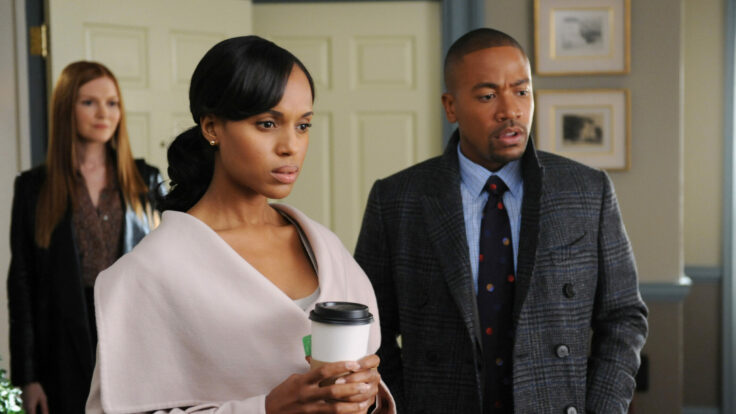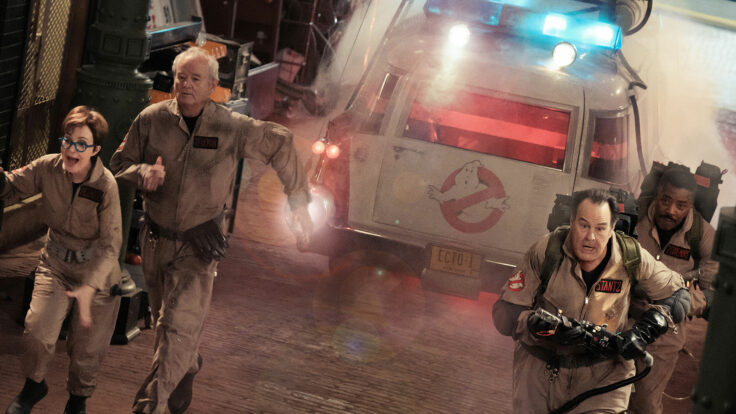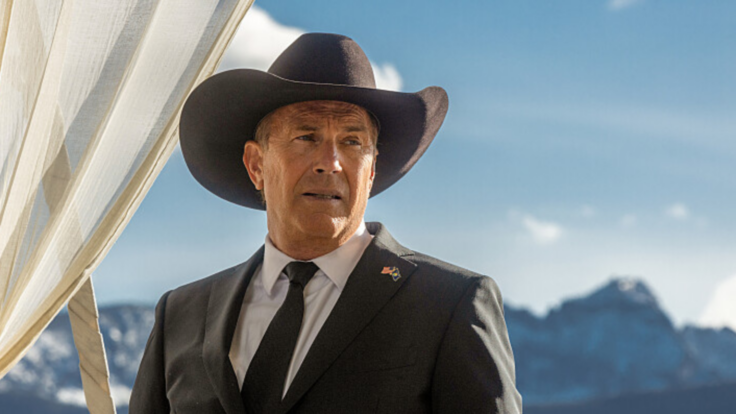Modern art has always led to arguments over meaning and value—some might even say that’s the point—but who would have guessed that a fight over Andy Warhol would see two of the Supreme Court’s most liberal justices insulting each other in Latin? Alas, that happened last week in Andy Warhol Foundation for the Visual Arts v. Goldsmith, when Sonia Sotomayor and Elena Kagan stopped just short of declaring pistols at noon in a case that will influence the next few decades of creative expression in Hollywood and the arts. (Read the whole thing here, including Kagan’s second footnote where she asks the reader to measure Sotomayor’s “ratio of reasoning to ipse dixit,” which is SCOTUS-speak for bullshit.)
Despite some misreporting around the case, the majority did not rule that Warhol wasn’t entitled to paint his own rendition of a prominent photographer’s portrait of Prince. Actually, Warhol had explicit permission to do just that—albeit on a “one time” basis for a Vanity Fair article 40 years ago. The real problem stemmed from the Warhol Foundation’s 2016 licensing of other works that Warhol had apparently created based on the same photograph. Maybe best to think of them as outtakes. Anyway, as Sotomayor goes to pains to emphasize, the problem wasn’t the original creation but rather the licensing. The Foundation insisted that the entire Prince series constituted “fair use” due to the “transformative” nature of the artist’s works. It was the Supreme Court’s job to decide whether that argument held true.
Of the four factors that determine fair use, Sotomayor and Kagan clashed over what’s meant by the all-important first factor, “the purpose and character of the use.” Kagan argued that judges should consider the creative and communicative intentions of those using copyrighted works; her dissent praises Warhol’s artistic approach, highlighting the profound difference between his Prince painting and the original photograph. She also viciously critiqued the majority position, suggesting that it’s almost pointless to educate Sotomayor and the other justices who voted similarly (all but John Roberts) on the finer points of art. “For it is not just that the majority does not realize how much Warhol added; it is that the majority does not care,” she wrote.
Sotomayor, writing for the majority, countered that the standard shouldn’t be an artist’s intent nor a viewer’s impression. In this case, Lynn Goldsmith’s photography and the Warhol Foundation’s licensing served essentially the same purpose: illustrating magazine stories. Even if the works could be reasonably perceived as conveying something different about a famous musician, as a district judge concluded, that difference, in this context, is not sufficient. Notably, Sotomayor fiercely critiqued Kagan’s dissent for favoring anything that smacks of “worthy art.” Without any limiting principle, she argued, this approach intrudes on a copyright owner’s derivative rights because almost all sequels and adaptations add something new. In other words: Should anyone be able to make an Avengers film? Sotomayor implies that Kagan’s opinion would have opened that door.
The Scorecard
Back in 2010, when President Barack Obama nominated Kagan as an associate justice, I wrote that Hollywood ought to be cautious about how she might rule on copyright issues: While her judicial philosophy was largely unknown, there were already indications she’d take a strongly permissive stance on fair use. Well, it turns out my assessment was accurate. But that doesn’t necessarily mean that Kagan is wrong.
Kagan, in fact, presented a reasonable argument that creativity should carry more weight in the analysis of what’s a fair use. While copyright use may encroach on someone else’s derivative rights—movie studios surely swayed Sotomayor’s thinking on this front—a finding of artistic purpose needn’t be the end of the analysis. There are other fair use factors to consider, including the impact of the use on the copyright owner’s market.
That being said, Kagan’s approach has notable weaknesses. For starters, it places federal judges in the role of art critics, a position they are ill-suited to perform. As the dissent itself demonstrates, such critical evaluations are likely to favor commercially successful endeavors. Kagan writes, “You’ve probably heard of Andy Warhol…,” as if the mere mention of his famous name should hold some significance.
Of course, Sotomayor’s approach is not without gaps. It directs judges to assess whether a user’s purpose differs from that of the copyright owner’s and insists that transformation go beyond what’s derivative. However, there is little guidance about what qualifies as justifiable. Why was it OK for Warhol to make illustrations of Campbell’s soup can logo, for instance, but not to use Goldsmith’s photo? And how do you reconcile that logic with Acuff-Rose Music v. Campbell, the 1994 opinion that ultimately sanctioned the rap group 2 Live Crew’s parodic use of Roy Orbison’s Oh, Pretty Woman?
While Sotomayor provides a rationale for both—Warhol’s soup can series and the rappers had distinctive purposes by commenting on the original—it seems like the standard essentially boils down to the requirement that a copyright user not create competition with the owner of the original work. The result, of course, is that art forms like music sampling and literary mashups will immediately come under suspicion. And it’s not particularly clear if Warhol’s silkscreens of Marilyn Monroe can be licensed.
Regardless, industry observers seem pleased if not infatuated. Sotomayor’s opinion may have divided the liberal wing of the Supreme Court, but it wasn’t controversial at all in Hollywood, where the Copyright Alliance and re:Create Coalition, two advocacy groups that are typically at odds on copyright matters, both issued press releases expressing their satisfaction. (The Motion Picture Association did too.) The battle is now over how lawyers and lower courts interpret the decision. I’ve already seen the Warhol ruling, barely a week old, come up in court battles over tattoos in video games, celebrity home photos on a news site, and even Trump’s dispute with Bob Woodward over ownership of a taped interview. (Simon & Schuster argues there’s a transformative purpose in “commenting” upon and “criticizing” Trump’s statements.)
Clearly, we’re also entering an age in which artificial intelligence can create infinite new works after being trained not just on Warhol and Goldsmith, but the entire Western canon. ChatGPT, Stability AI, and other generative A.I. programs may spit out extremely impressive movie scripts, songs, and paintings, but will this tech-based authorship, if traced to some original source, be deemed as serving some novel purpose? I’m skeptical, although I’m sure that clever lawyering will quickly fill in the gaps.
The fair use debate, of course, will rage on. The same contentious dynamic that saw Kagan and Sotomayor repeatedly swiping at the other’s obliviousness about art and copyright law will now play out among thought leaders, too. This will become especially apparent as the wonkish instructions to judges on how to assess future controversies actually plays out in practice. Given the passionate and conversational nature of modern art, this was probably inevitable. And it’s exactly what Warhol himself would have relished.

















